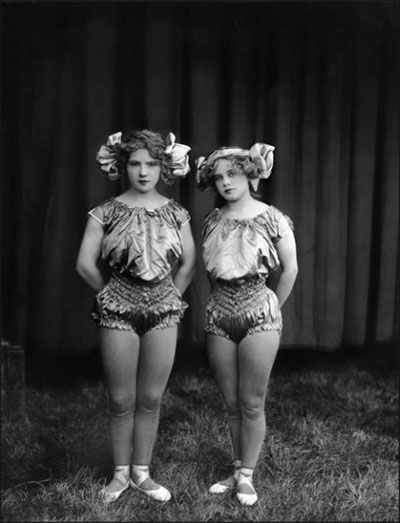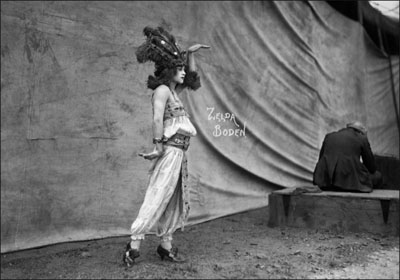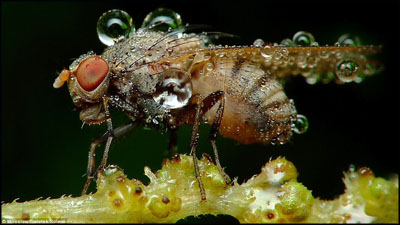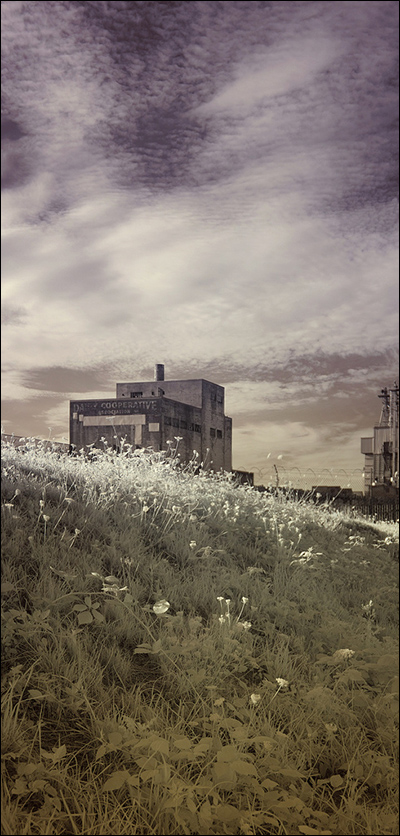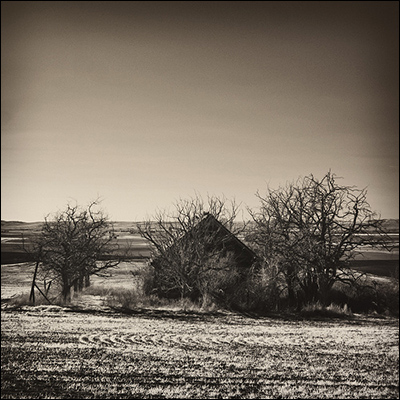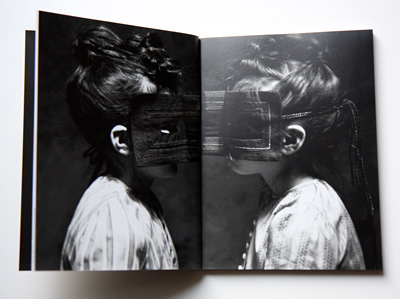The Jonas Lara Legal Defense Fund
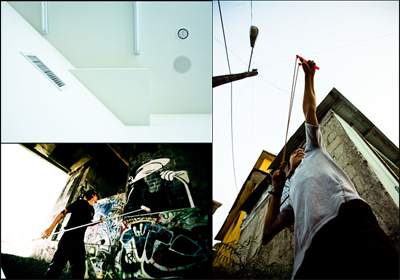
All images by Jonas Lara.
Jonas Lara is a celebrated artist and photographer who “has made a career tilting his camera toward the unconventional terrain of urban landscapes. He first developed his unique visual approach capturing high school friends’ nighttime antics in skateboarding and graffiti. Lara strongly believes he shares a visual language with architects, engineers, painters and other artists who challenge the conventionality of gravity and space.”
Last February, Lara was arrested while documenting graffiti artists painting a mural in Los Angeles. The photographs he took that night were intended to be part of a series Lara’s been developing for years– a “body of work [that] involves documenting artists both in their lives and in the process of their artwork.” This series focuses on a wide range of artists, not only graffiti writers.

Lara was “apprehended” along with the two graffiti artists by the LAPD, and charged with felony vandalism. His camera and equipment (lenses, memory cards, batteries) were all taken as evidence, and have yet to be returned to him, in spite of his dependence on them to make a living. Lara’s charges were later lowered to a misdemeanor, then changed to “aiding and abetting”, which carries the same sentence as the crime of graffiti-painting. Lara says:
“I have gone through the several stages of this case and my next step is the Jury Trial. If I lose my case, I can face up to a year in jail and have my license suspended. I need your help raising money to cover costs to hire a private attorney and related legal expenses… Part of the artist portrait series was featured in an exhibition put together by the Cultural Affairs Department of Los Angeles.”
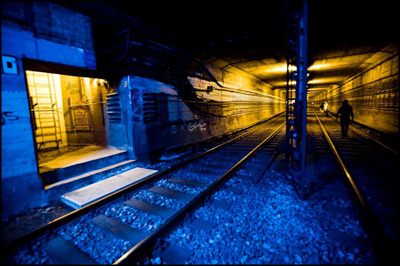
According to a PNDPulse article about Lara’s arrest, the artist appealed for help with the case to rights organization like the ACLU, but was told him they do not get involved in criminal cases. “If convicted, the Art Center College of Design graduate and former US Marine would be unable to enter the MFA program at the School of Visual Arts, into which he was recently accepted, in September.”
Does something about this irrational, bullying, trumped up, effed up charge rub you the wrong way? If so, donate to the Jonas Lara defense fund. You know how it goes, comrades. A dollar here, a 5-spot there… it adds up so quickly. Let’s make sure this artist gets a fighting chance.


